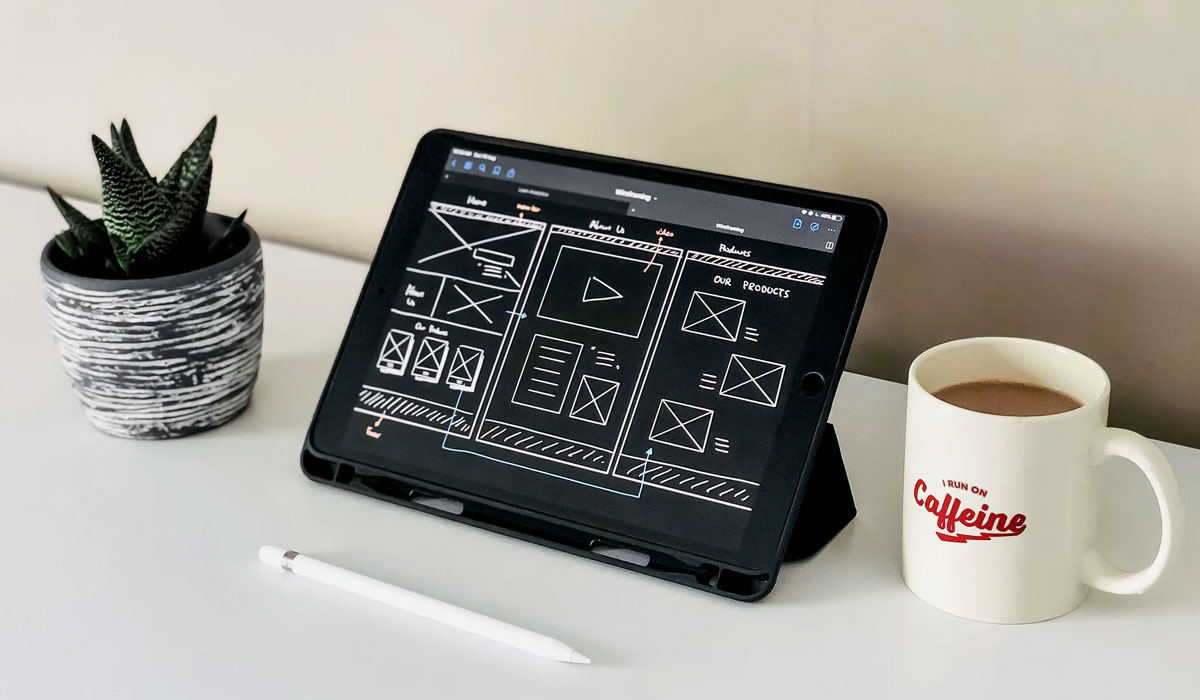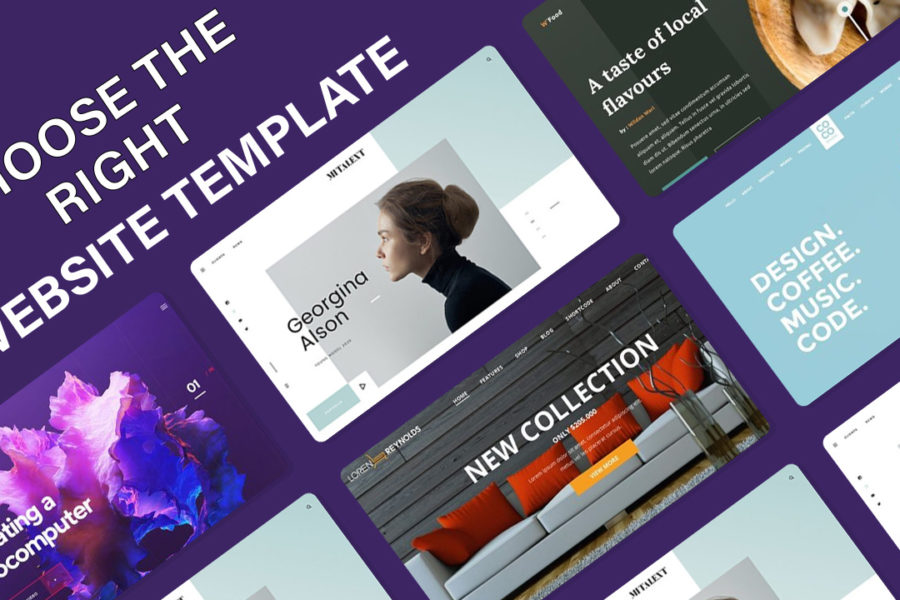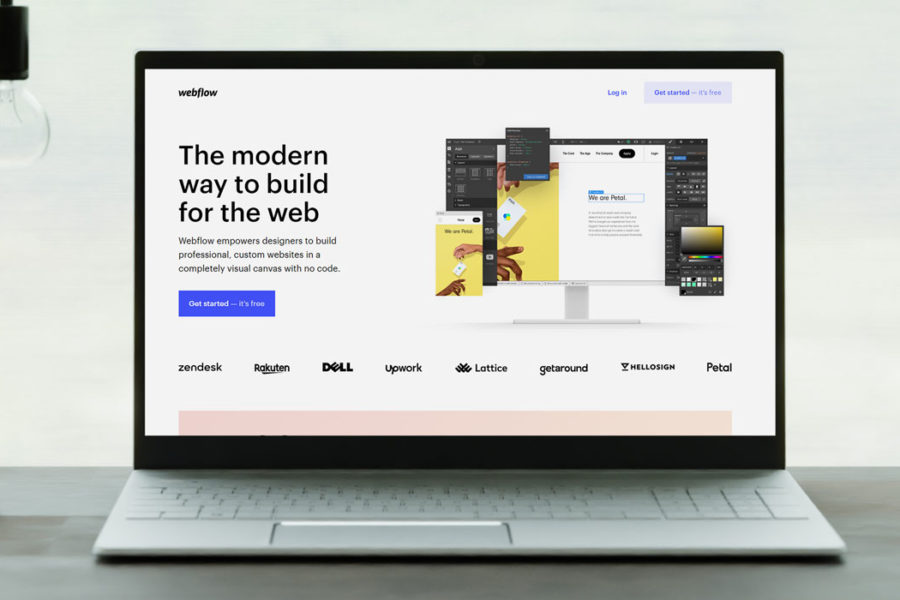Website composition is something that everybody on the managerial finish of a business needs to manage, anyway just plan specialists really fathom. On the off chance that you need a superb website architecture, you need to get familiar with the basics, so you can impart what you need. Regardless of whether you’re designating a specialist to plan your page for you, you in reality actually need some foundation information to notice a skilled website specialist from a reasonable one and portray what you need them to do.
Tips to improve your websites are following:
1. Clear-Out the Clutter
One of the most general initial mistakes in web design: a cluttered screen. Most individual have a list of all things they want on their website, and without knowing any better, they simply throw it all on screen—and on the same page.
Essentially, every component you add to your web design waters down all the others. If you incorporate too many diverting elements, your client doesn’t know where to look and you lose a rational experience. Paradoxically, if you only incorporate the fundamental elements, those components are more powerful since they don’t have to share center stage.
2. Use Ample White Space
Negative space is the specialized term in visual cradt for zones in a picture that don’t stand out. Ordinarily, these are empty or clear, similar to a monochrome divider or a cloudless sky. Be that as it may, exhausting all alone, when use masterfully, negative space can enhance and build the fundamental subject, improve intelligibility and make the picture straightforward to “take in.”
3. Guide Your User’s Eye with Visual Hierarchy
If utilizing a technical term such as “negative space” didn’t phase you, what’s your opinion about “visual hierarchy”? It alludes to utilizing different visual components like size or placement to impact which elements your client sees first, second or last. Highlighting a large, bold title at the top of the webpage and tiny legal data at the bottom is a best example of utilizing visual hierarchy to prioritize certain components over others.
4. Choose your Color Strategically
For one thing, every color has an alternative emotional implication. If your brand identity is enthusiastic and vigorous, an invigorating red would fit better than a tranquil blue. Apart from selecting the best colors to represent your brand, you also need to utilize them well, like differentiating colors off each other to set up visual hierarchy.
5. Don’t Skimp on Photography
Although optional, if you do decide to utilize real-life photography in your web design, ensure that you do it perfectly. Effective and significant photography can advance your business goals, however low-quality photos hold you back.
Utilizing photography in web design follows a significant number of the same guidelines for best photography in general. An incredible photo hung in an art gallery can be just as remarkable on a website, but the mood, topics and style have to coincide.
6. Optimize typography to build your Brand
While the words you or your copywriter experts choose are amazingly strong, you can also improve their viability by giving them the accurate look.
Typography includes all the visuals of text, especially fonts, but also other components like text color, size, style (italics, bold, etc.) and the spacing between words, letters and lines. All of these influence the visual hierarchy and how your brand is seen.
7. Streamline Navigation
The discussion about functionality should always begin with navigation, the foundation of any website. Everybody has their own strategies for finding their way around a website. A decent web design caters its navigation to its target clients so that it feels intuitive—the less clients have to think about it, the better.
8. Prioritize Mobile
Older individuals tend to think of web design in terms of desktop screens, but the reality is nowadays individual do most of their reading on mobile devices. That is the reason you need to make sure your mobile site is in peak condition. Not just for your client’s sake, but for Google’s as well—the Google calculation factors in mobile responsiveness to their search rankings.
“Mobile responsiveness” alludes to how well your site shows up on small-screen gadgets. If your website is cut off on cell phones or the images appear in the wrong places, your users won’t have a charming experience utilizing your website.
9. Make Text Easy to Read
Designing a site particularly around visuals could harm its readability. If you’re utilizing a font that looks great but no one can easily read, you’re felling the baby out with the bathwater.
When we say a website should not be difficult to read, we’re talking about three distinct meanings:
Well-written: The copy text is composed to suit your business objectives and in a voice that attract to your audience.
Aesthetically laid out: The copy text is shown well, ideally with a lot of space and in digestible blocks that don’t affect the reader.
Legible: The font and size are both helpful for perusing, without strain or double-backing.
10. Communicate what you want to your designer
The better you’re able to describe it to a web designer, the more probably the final version will turn out like you imagine.
Because it’s a team work, web design doesn’t just include technical skills, but also communication skills. Communicating what you want for your website, in detail, is the direct path to getting a adequate design. Web developers aren’t mind readers, after all.
Conclusion
Web design is something that everyone on the administrative end of a business has to deal with. There are various tips to improve the websites such as using appropriate font size and the content written should be easy to understand. Appropriately communicating with the designer about what you want for your website design. Now a days individual do a large portion of their perusing on cell phones, you need to ensure your versatile site is in pinnacle condition. Using photography in website architecture follows countless similar rules for best photography when all is said in done. Utilize fitting tones to address your image.
Each segment you add to your website architecture waters down all the others. On the off chance that you join too many redirecting components, your customer doesn’t have a clue where to look and you lose a levelheaded encounter. These are a few hints that can be utilized to improve the sites.







Leave a Comment